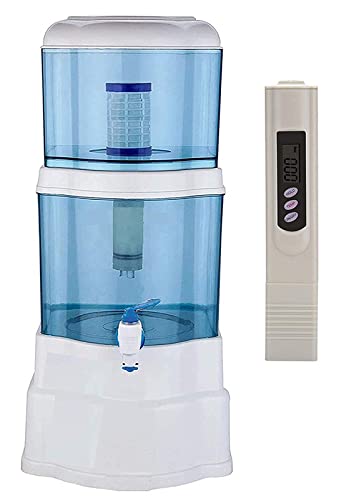Contact : +91 98448 11182
RO Water Purifiers: Ensuring Clean and Safe Drinking Water
In today's world, access to clean and safe drinking water is more crucial than ever. With increasing concerns about water contamination due to industrial activities, agricultural runoff, and pollution, Reverse Osmosis (RO) water purifiers have emerged as a vital solution for ensuring the purity and safety of drinking water. This article explores the functioning, benefits, and considerations related to RO water purifiers.
Understanding Reverse Osmosis Technology
Reverse Osmosis is a filtration process that removes impurities from water by using a semi-permeable membrane. The process involves pushing water through the membrane at high pressure, which effectively removes contaminants, including bacteria, viruses, salts, and other dissolved solids. The membrane allows only clean water molecules to pass through, leaving behind impurities that are flushed away.
How RO Purifiers Work
-
Pre-Filtration: The water first goes through a pre-filter, which removes larger particles such as sand, dirt, and rust. This step protects the RO membrane from damage and clogging.
-
Activated Carbon Filter: Next, the water passes through an activated carbon filter, which removes chlorine, chloramines, and organic compounds that can affect the taste and odor of the water.
-
Reverse Osmosis Membrane: The core component of an RO system, the RO membrane, performs the crucial task of removing dissolved impurities. Water is forced through this membrane, leaving behind contaminants in the reject stream.
-
Post-Filtration: After passing through the RO membrane, the water may go through a post-filter, usually another activated carbon filter, to polish the taste and ensure any remaining impurities are removed.
-
Storage Tank: The purified water is stored in a tank for immediate use, ensuring a steady supply of clean water.
Benefits of RO Water Purifiers
-
High Purity Levels: RO purifiers are highly effective in removing a wide range of contaminants, including heavy metals like lead, arsenic, and mercury, as well as microorganisms such as bacteria and viruses.
-
Improved Taste and Odor: By removing chlorine and other impurities, RO purifiers enhance the taste and smell of drinking water, making it more palatable.
-
Health Benefits: Access to purified water helps in preventing waterborne diseases and reduces the risk of health issues related to contaminants, such as gastrointestinal infections and chronic diseases.
-
Convenience: RO systems provide a reliable and continuous supply of clean water, reducing the need for bottled water and its associated costs and environmental impact.
-
Versatility: RO purifiers can be used in various settings, including homes, offices, and industrial applications, making them versatile solutions for different water purification needs.
Considerations for Choosing an RO Purifier
-
Water Quality: Assess the quality of your water source to determine if RO purification is necessary. Some water sources may have high levels of specific contaminants that RO systems are particularly effective at removing.
-
System Capacity: Consider the capacity of the RO system, which should match your household or office's water consumption needs. Systems come in various sizes and capacities to suit different requirements.
-
Maintenance: Regular maintenance is essential for optimal performance. This includes changing filters and membranes as per the manufacturer’s recommendations to ensure the system remains effective.
-
Cost: RO water purifiers vary in price depending on their features and capacity. While initial costs may be higher, the long-term benefits of clean water often outweigh the investment.
-
Installation: Professional installation is recommended to ensure the system is set up correctly and operates efficiently.
In summary, RO water purifiers offer a reliable and effective solution for achieving clean, safe drinking water. By understanding how these systems work and considering key factors in their selection, individuals and businesses can make informed choices to protect their health and enhance their quality of life.
.jpg)
